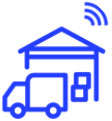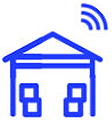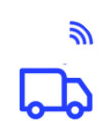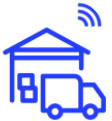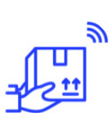What is RFID?
Radio Frequency-Identification
RFID (“Radio Frequency Identification”) tags are used as a tracking system for logistics that uses smart barcodes as their technology core. Data is fundamental in this process.
This is how is used: the radio waves transmit data from the tag to a reader in charge of gathering and transmitting information to an RFID computer program.
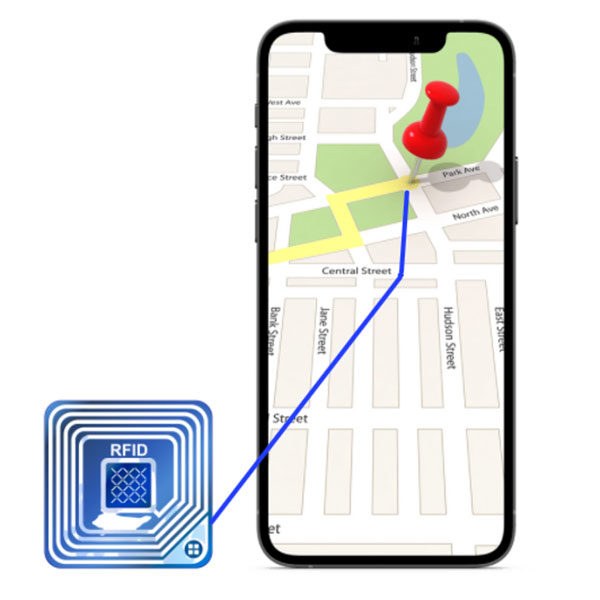
TAGS
Radio Frequency-Identification

Rain (UHF) Inlays
RAIN RFID inlays, tags and labels work in the Ultra-High Frequency Band and can provide a read range of up to 10 meters or 30 feet. This makes RAIN RFID systems ideal for many tracking applications.
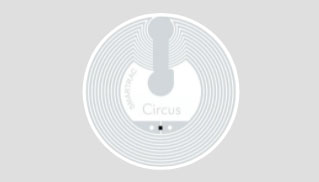
NFC Inlays
Near field communication (NFC) inlays, tags and labels are designed for short-range use and ideal for mobile applications such as consumer engagement, as the vast majority of smartphones have built-in NFC reading capabilities.
NFC tags can be attached to posters, promotional items and packaging or embedded into a variety of consumer goods and durables.
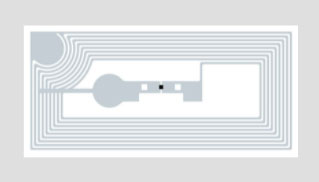
HF Inlays
High frequency (HF) inlays, tags and labels provide a shorter read range than UHF inlays, tags or labels, depending on the application.
RFID








